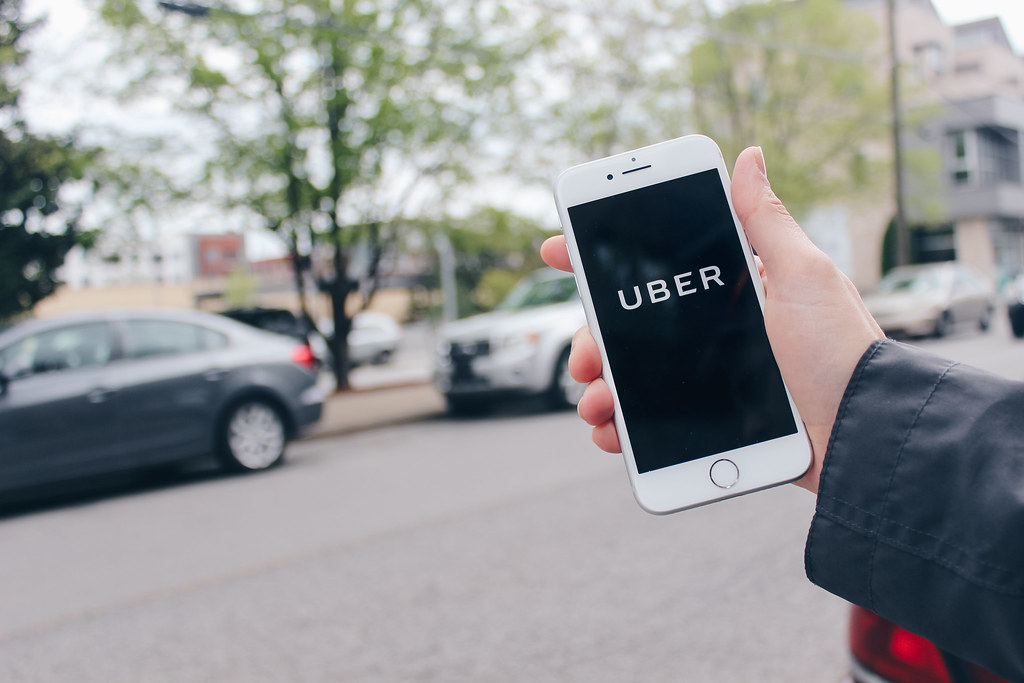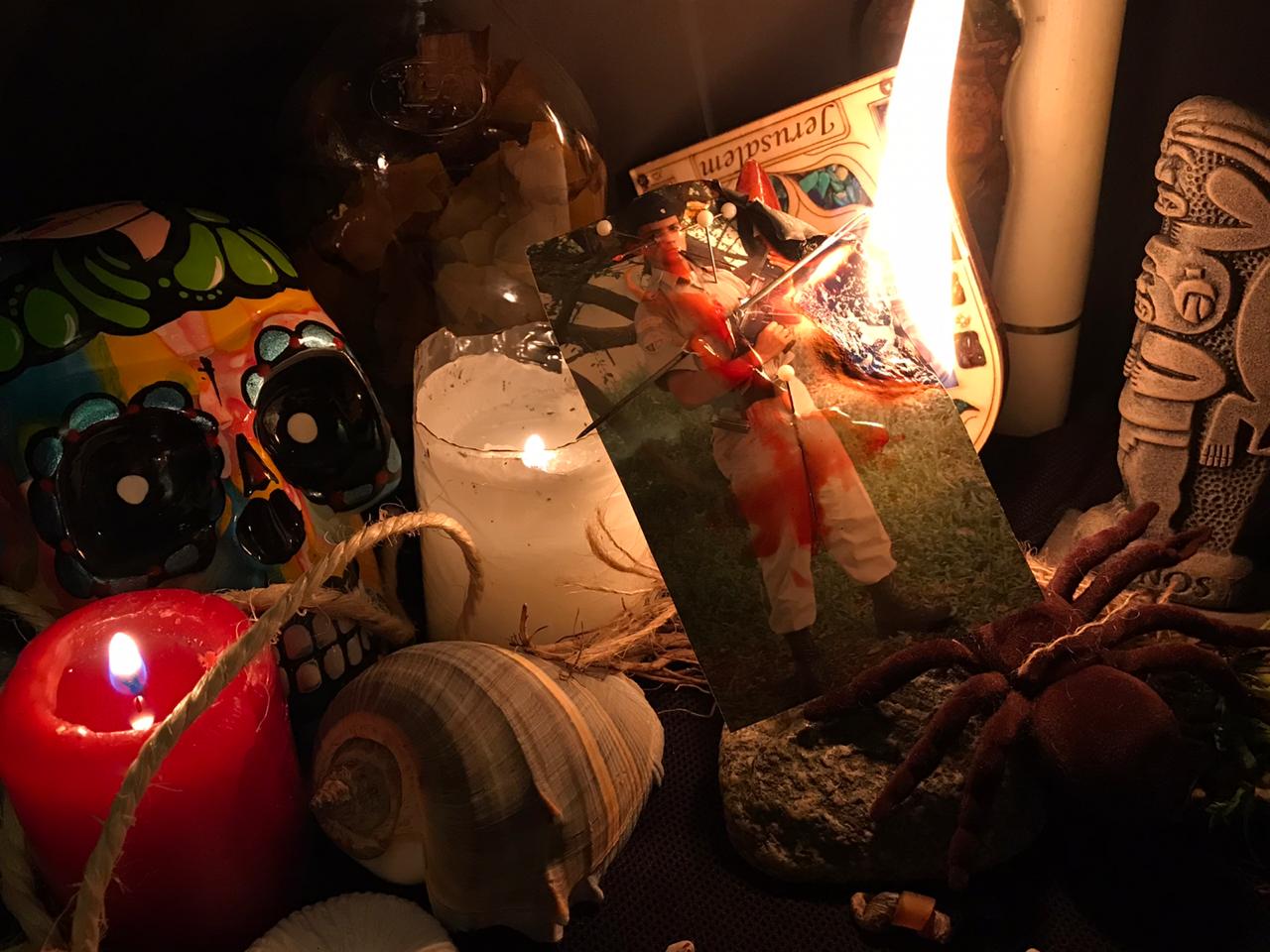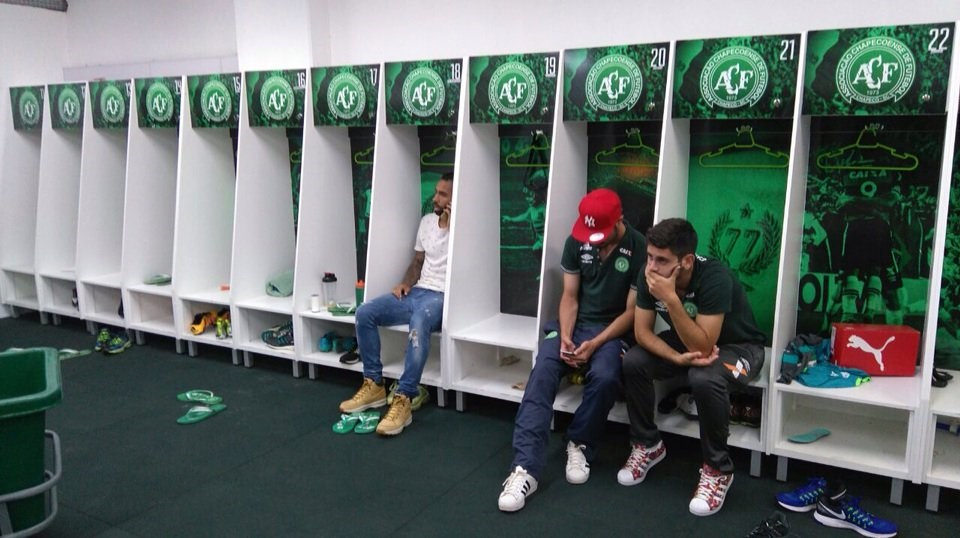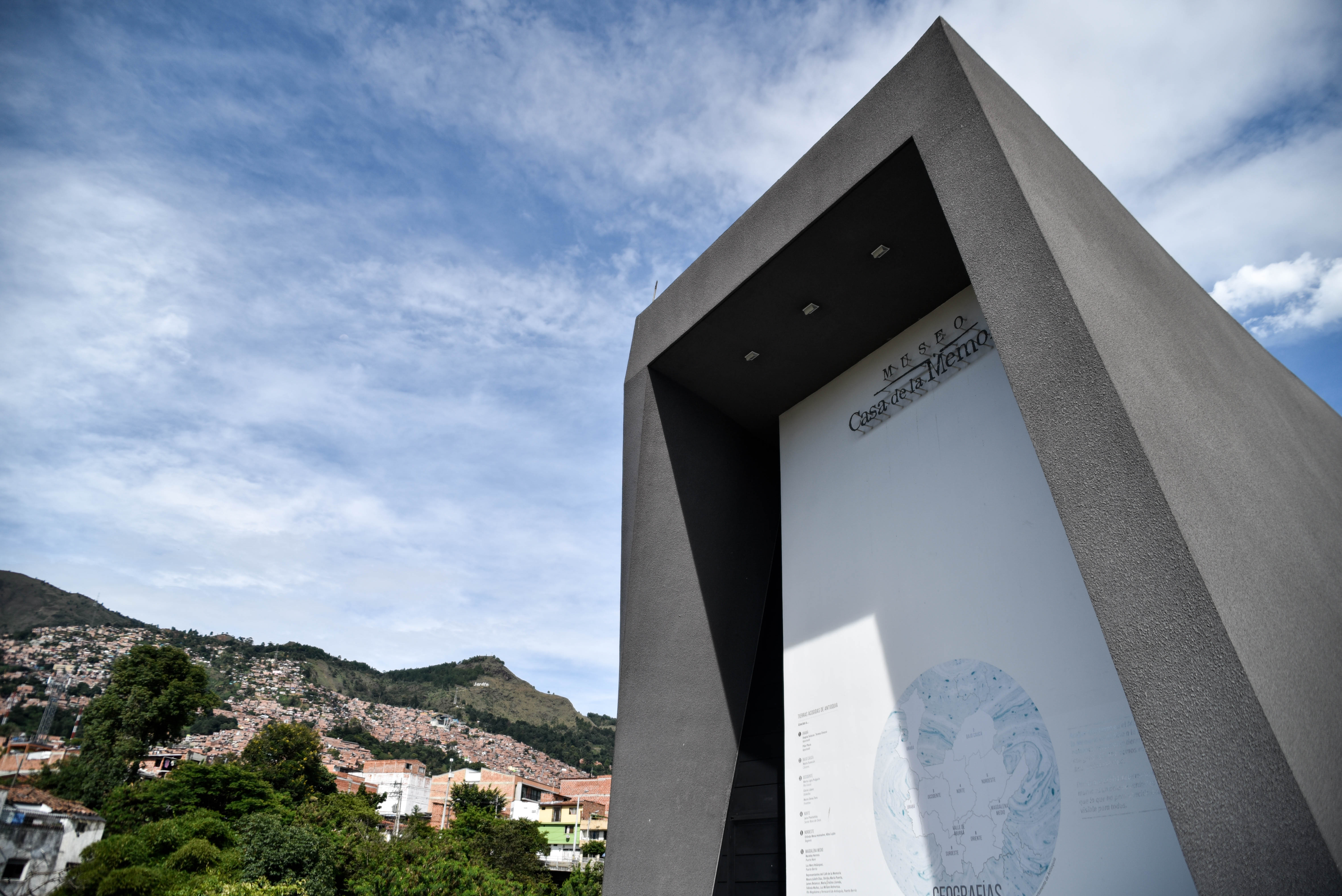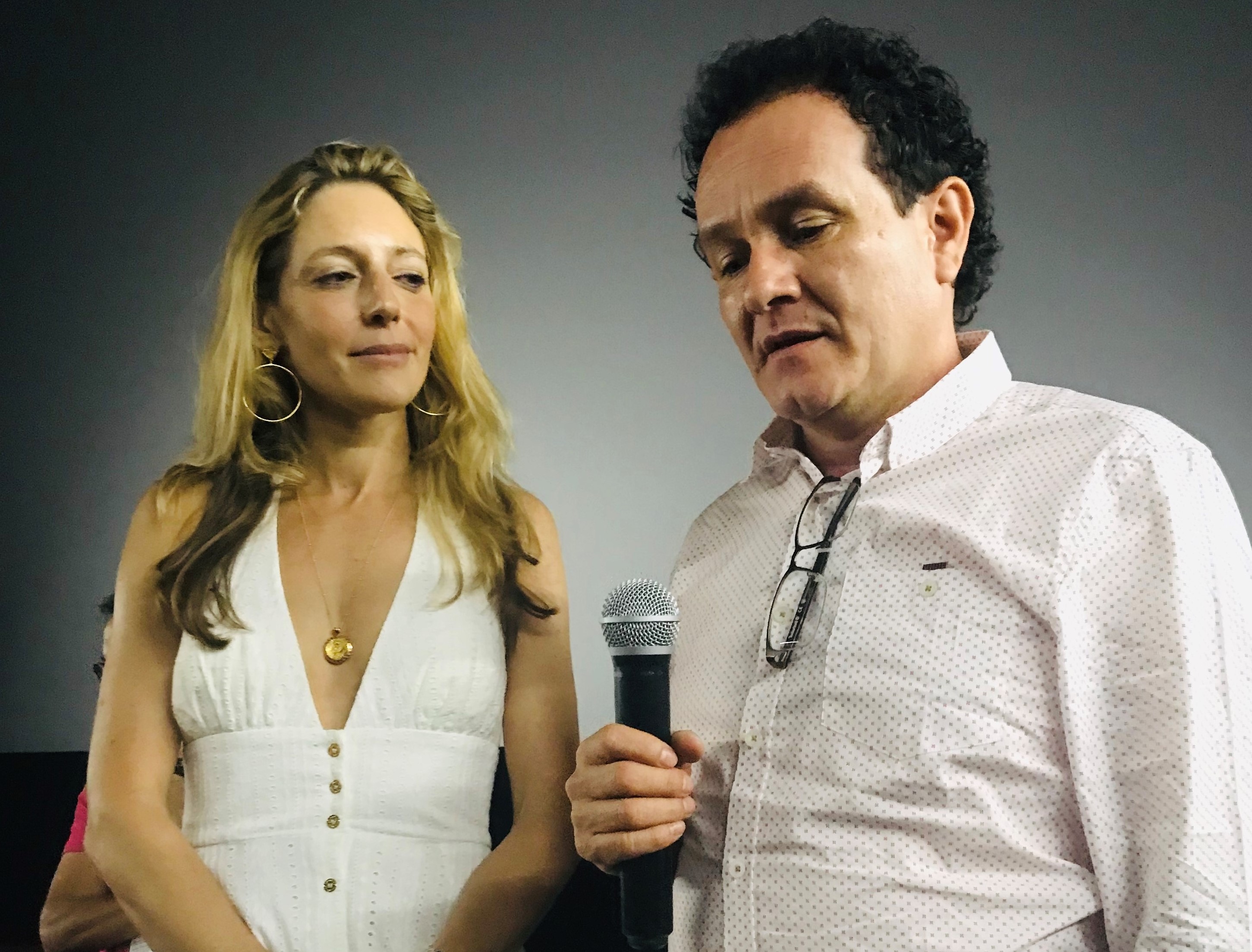
The migrant crisis in Venezuela has seen hundreds of thousands of people taking to their feet and walking out of their country with little more than a backpack and hope for a better life in Colombia. The Bogotá Post‘s Arjun Harindranath follows the story along the most common path taken: that between Cúcuta and Bucaramanga.
Berlin, Santander, is the last stop on the páramo before it all starts going downhill. The landscape is a cold, sunlit and expansive plateau; a treeless alpine tundra where rocks jut out like ancient ruins. Berlin’s farming community, which subsists largely on local livestock and produce, are distinguished by their ponchos and for being warmer than the temperatures they live in.
Yisera, a waitress in the region, was asked by a passerby if she could give him corn soup or a tinto. In Colombian Spanish the words “give” and “gift” are governed by the same verb: ‘regalar’, and Yisera knew well which meaning was meant here. There was a time she could always gift soup or coffee to a person who had walked the entire páramo. Now she mostly says no. “It’s hard to see them like this,” Yisera said, lamenting that even Colombian hospitality had been stretched thinly. “Especially when they’ve brought children with them.”
In July 2018, there was a small trickle of pioneers, mostly men, that would walk over the Colombian border from Venezuela and trek the páramo between Cúcuta and Bucaramanga; a stretch of around 300km. Today, groups of 10-15 make the same trek, this time including women and young children. They don’t stop at Bucaramanga either. Jhony (pictured above with his son) walked the páramo up to Berlin in two days. He was walking to Cali, Colombia’s third-largest city, which was still 900km away.

Liliana and her husband Jairo took five days to walk up the páramo. They were rice farmers in the grasslands of Los Llanos in Venezuela before the price of their yield depreciated to a point where Colombia became their only option. Rice is an invaluable possession in a famine, but only if anyone can pay for it.
The scarcity of basic medicines and antibiotics like penicillin also convinced them that they had to find a better future in Bogotá. Huddled in a blanket, Liliana hoped that they would find a ride to the country’s capital. At the very least, the worst of the páramo was behind them. That was something to smile about.

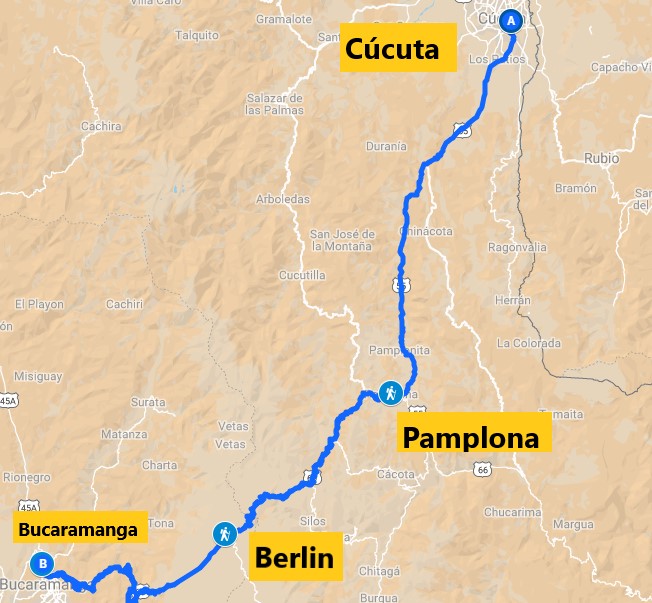
A major difficulty in covering the Venezuelan migrant crisis is the inability to wrap one’s head around the enormity of the problem. Reports usually state that one million Venezuelans are in Colombia and that three million in total have left the country. Those numbers, which are based on official migration figures, are now almost certainly wrong.
The major reason why few of the figures can be accurate anymore is because of the daily increases with little oversight at the border. At Simon Bolivar Bridge, the main border post that Venezuelans walk across, Colombian migration officials only manually check passports and do not take into account how many travellers have entered or left. Figures for Venezuelans in Colombia are based on the number of migrants that have formally registered at a Colombian migration office after arriving.
A nurse at a Red Cross mobile centre in Pamplona affirmed the difficulty of having an accurate understanding of how many migrants have truly left for Colombia. Tending to adults and children with basic first aid needs, breathing difficulties or those in need of having their wounds attended to, she told us that around 100-150 people passed by the Red Cross centre every day.

Many of those that trek in the páramo travel light, with only two pairs of clothes for their journey, and often require more assistance as the climb gets more chilly. Very few can afford to stay in local inns and most spend the night under the stars on their journey.
For this reason, assistance from the Red Cross and other good Samaritans have become vital as neither local nor federal governments can do enough to alleviate this crisis, particularly as the cold climates of the region raise the risk of hypothermia and other illnesses. In the space of a few months, little towns like Pamplona have seen their towns overrun and overwhelmed.
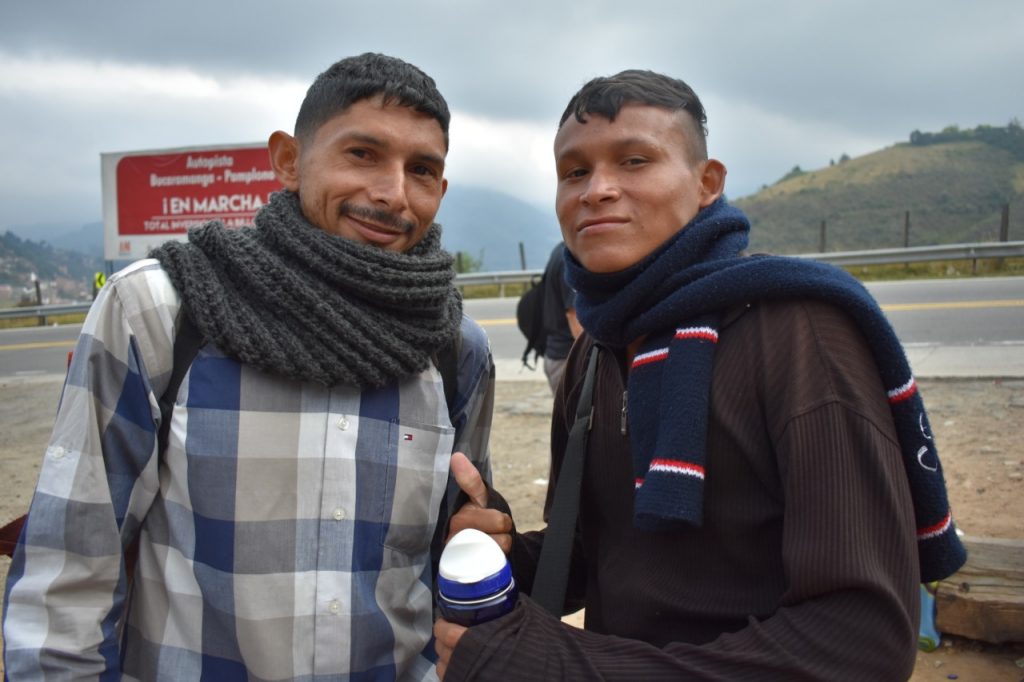
One group of travellers near the Red Cross Centre had been sleeping on the gravel for a few nights. Of the group, two brothers named Jhonmer and Jhon had spent the previous two nights outside and had resolved to climb the páramo the next day. They were construction workers in Venezuela and wanted to find work in Bucaramanga when they got there.
*****

It is in Cúcuta’s searing noon heat that Gerardo and his girlfriend Mayela took shade under a makeshift shed. They’re only 400m away from the border but their story was by far the most extraordinary.
A few months ago they set out to Bogotá for a better life. Gerardo is Colombian but, like many, settled in Venezuela and still held on to his Colombian passport. Everywhere he went he carried with him a laminated page with a photo of his former life (pictured above) as an electrician in Venezuela. “Life was easier in the earlier days,” he said, of the period when Venezuela was the more visited destination and harboured a strong economy, “work was easier to find.”
Which is why he imagined things would be simpler in Colombia’s capital but found, after having walked 15 days to Bogotá, that he would have to return to Venezuela to validate his former residency status. He also found it harder to get work than he had thought. He had only spent a month in Bogotá before he decided to make the return journey to Venezuela. Moreover, Mayela, dressed in animal-print pajamas and an orange singlet, was now two months pregnant and there was a sense of urgency in having a secure home.

Gerardo doesn’t look like he used to. His smile is the sum of four upper teeth and he has aged beyond recognition. Like many who have traversed the vast distances across Colombia’s diverse landscapes, his circumstances have become desperate but, buoyed by his constant optimism, he does not despair. For now he knows that his focus will be finding a safe place for Mayela and their baby. You could tell in his face that the hardest part was over. It was all downhill from here.
Photos by Arjun Harindranath

